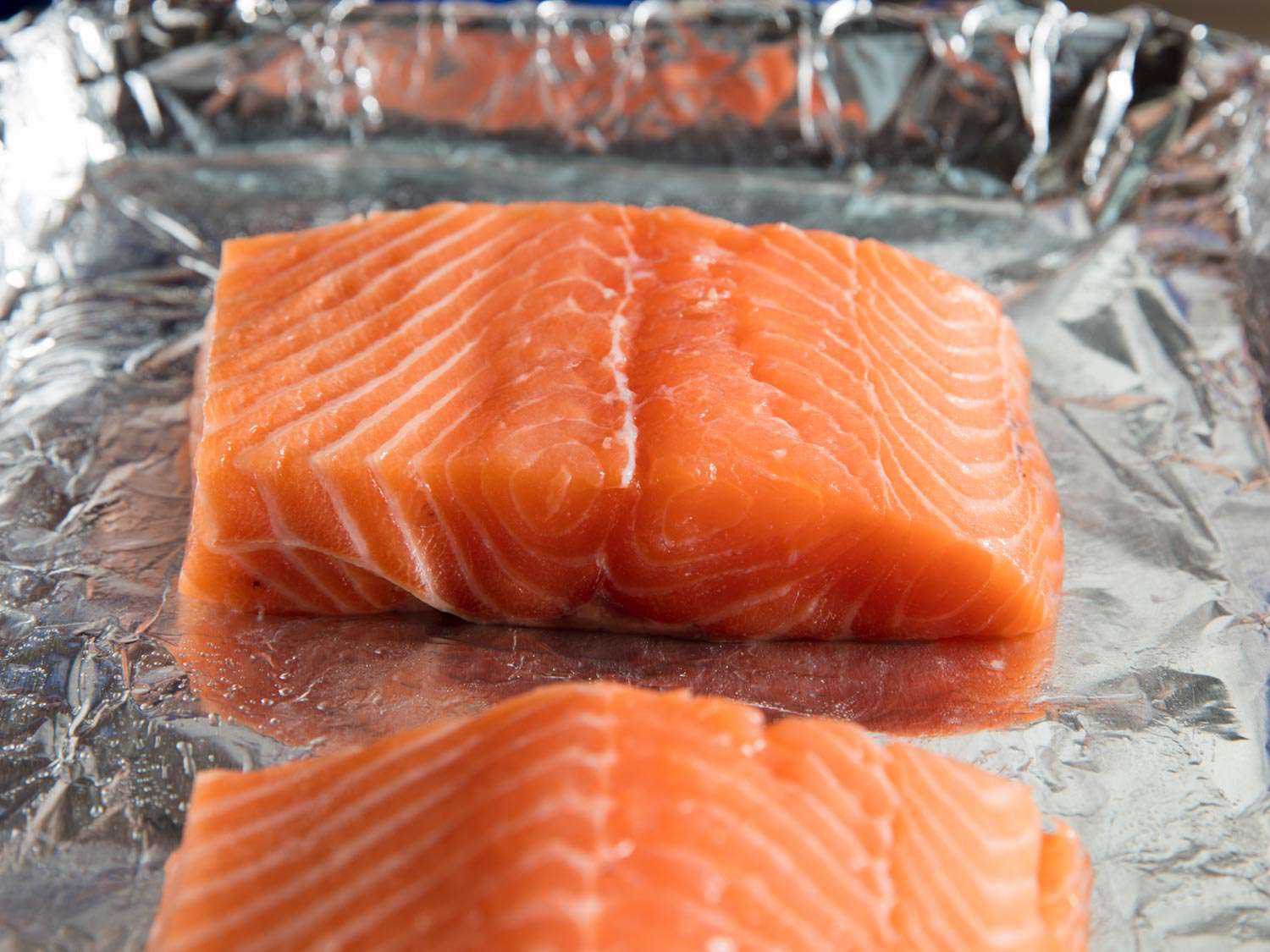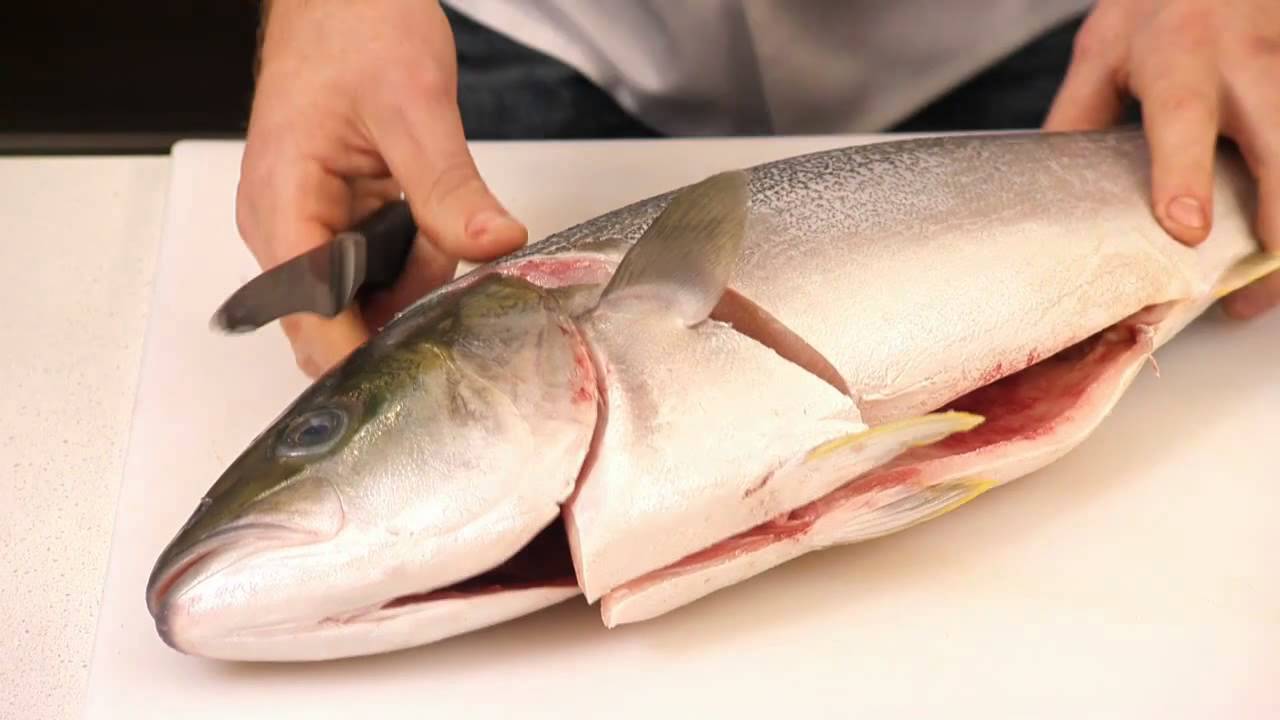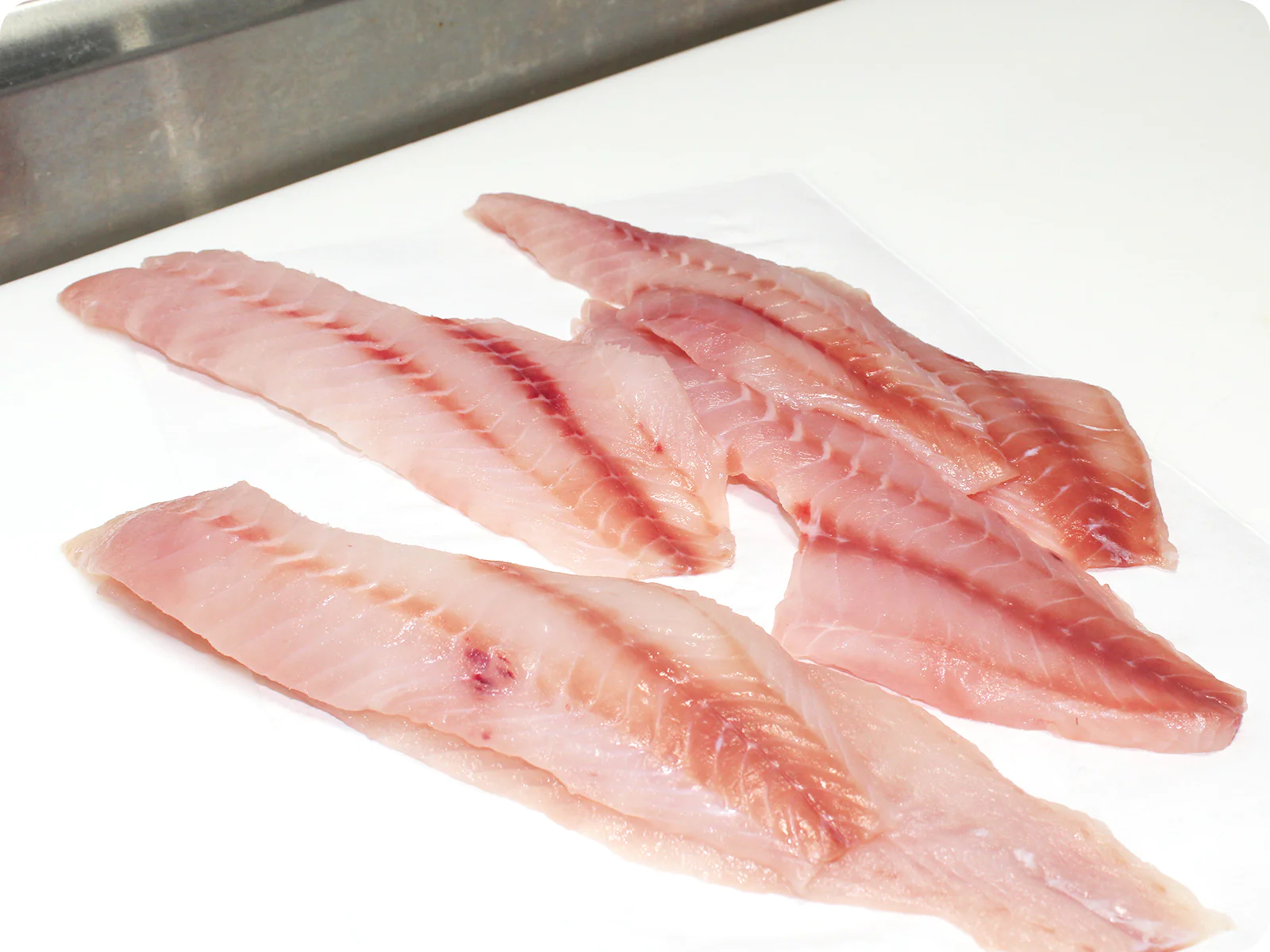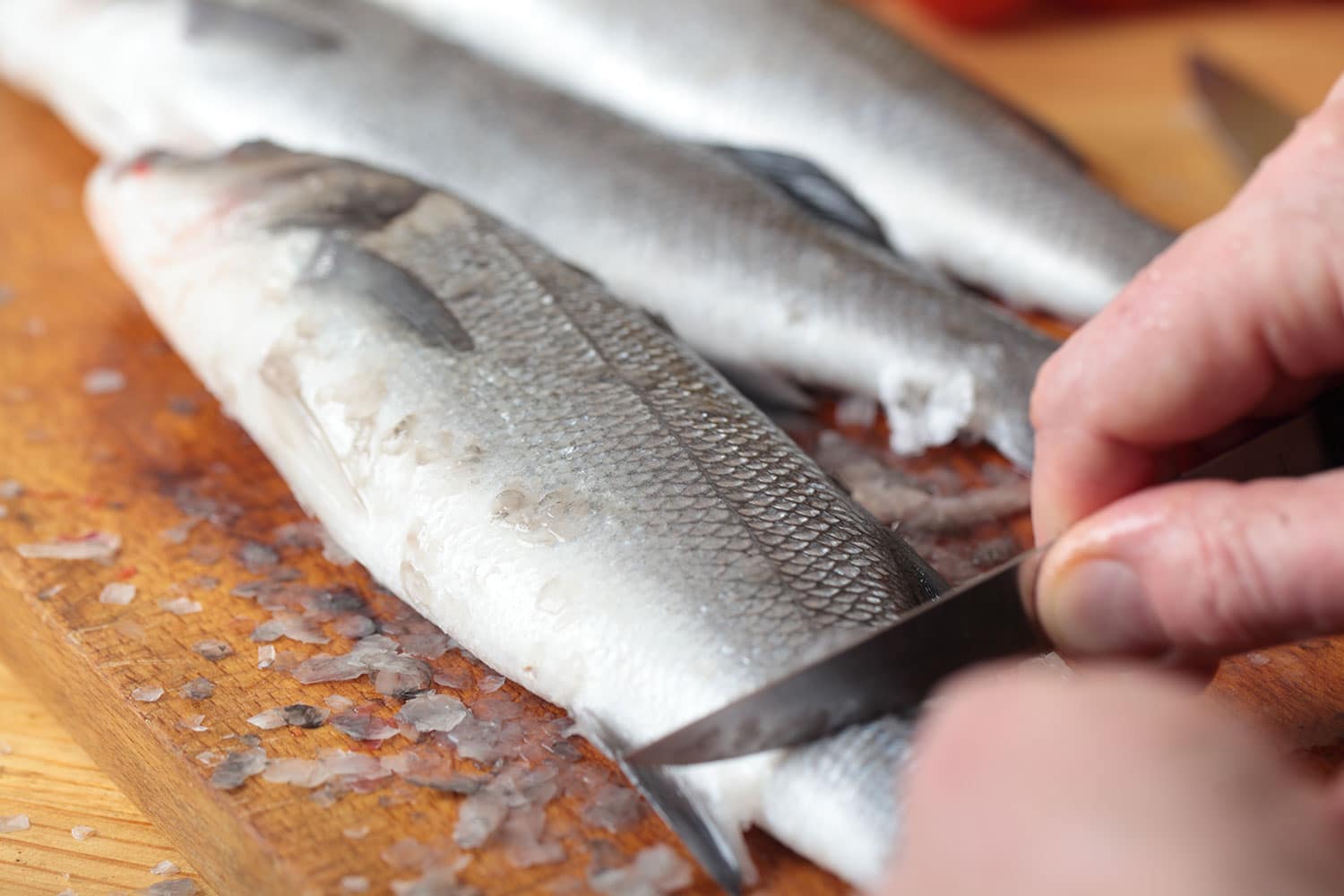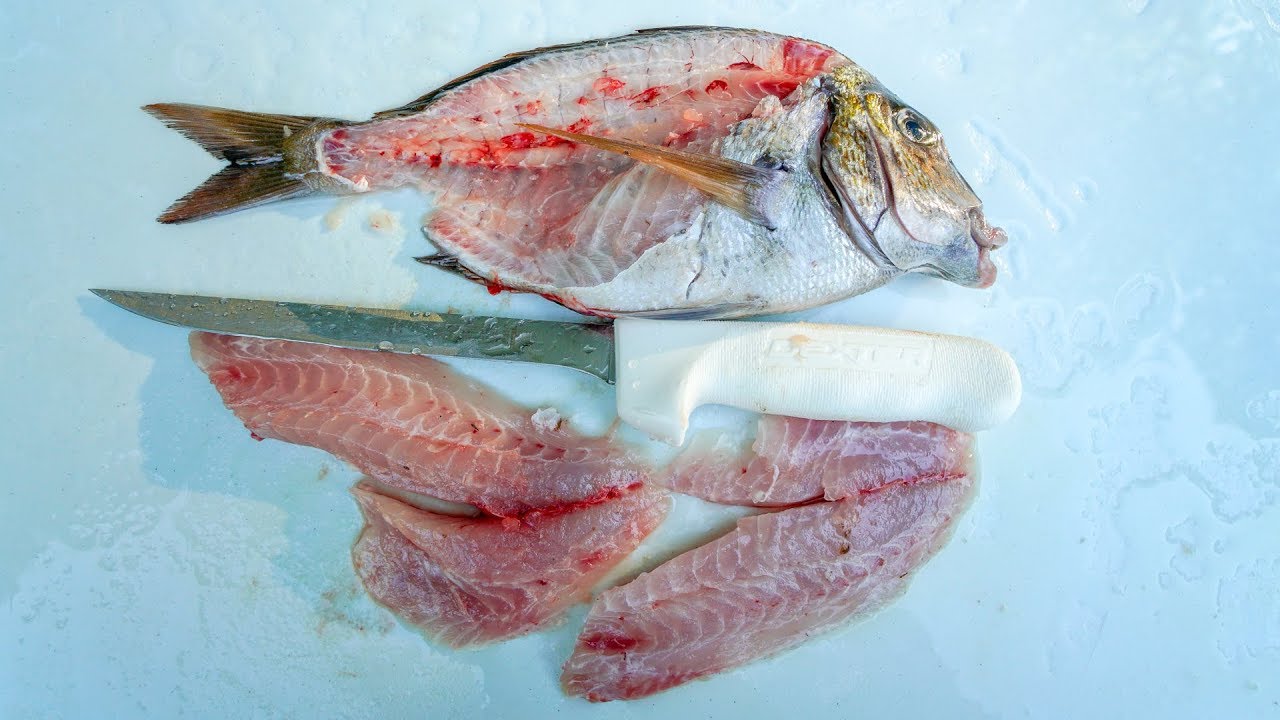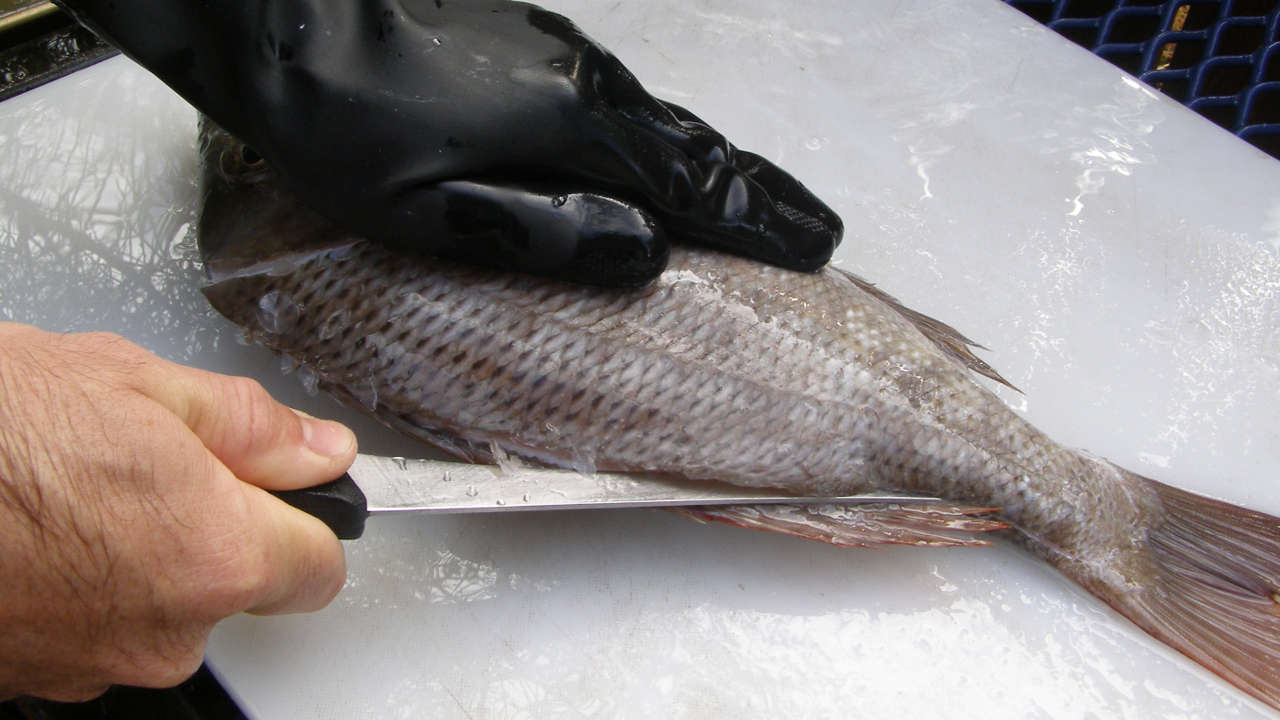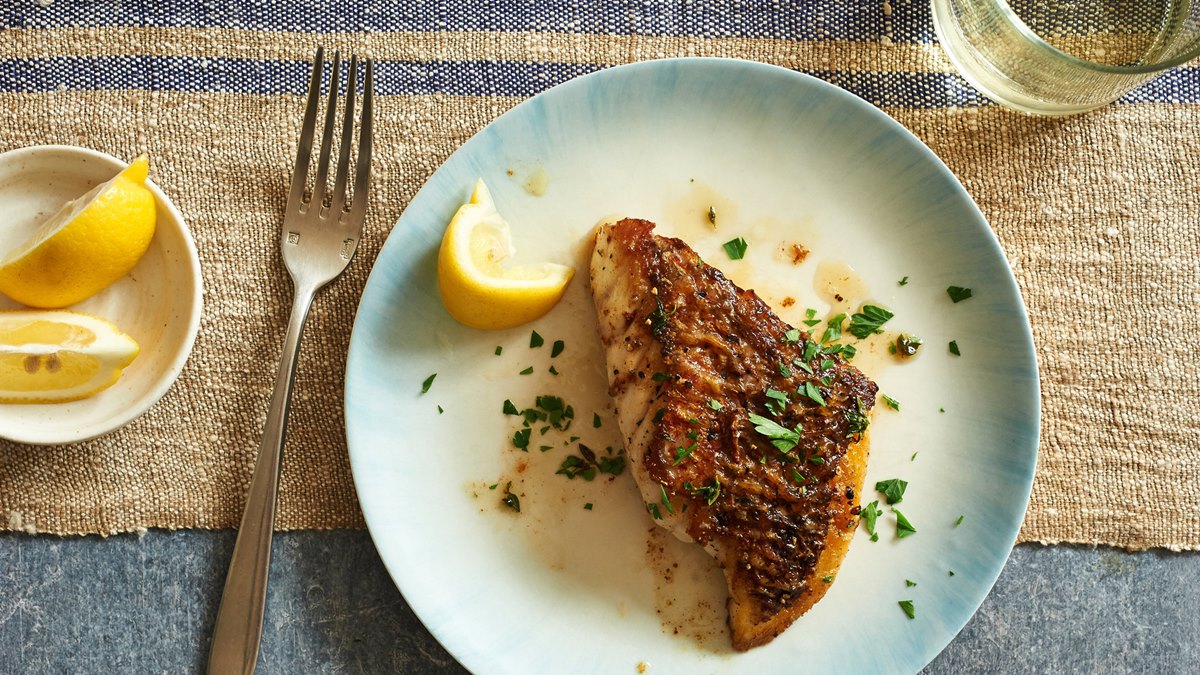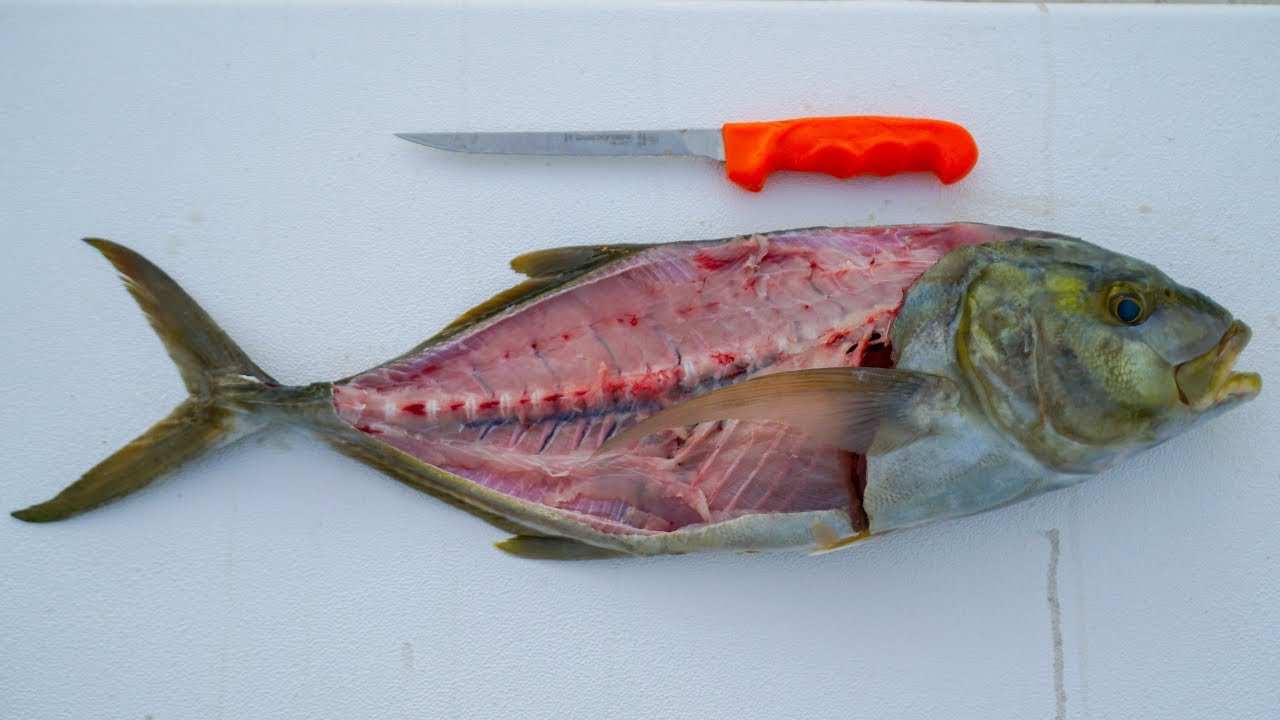How to Fillet a Fish: A Step-By-Step Guide
Learning how to fillet a fish is a valuable skill for any home cook or seafood enthusiast. Not only does filleting your own fish save money, but it also allows you to enjoy the freshest, most flavorful fish possible. Whether you’ve just returned from a successful fishing trip or picked up a whole fish from the market, follow these step-by-step instructions to master the art of filleting.
Step 1: Gather Your Tools
Before you begin, make sure you have the right tools for the job. You’ll need a sharp fillet knife, a cutting board, and a clean workspace. Additionally, having a pair of kitchen shears and a set of fish tweezers can be helpful for removing any small bones.
Step 2: Prepare the Fish
Start by rinsing the fish under cold water to remove any scales or debris. Pat the fish dry with paper towels, and place it on the cutting board with the belly facing up.
Step 3: Make the Initial Cuts
Using your fillet knife, make a small incision just behind the gills and pectoral fin. Angle the knife towards the head and make a shallow cut along the top of the fish’s body, stopping just before the tail.
Step 4: Remove the Fillet
With the initial cut made, insert the knife’s blade into the incision and run it along the spine, using smooth, steady strokes. As you work your way down the fish, use your free hand to gently pull the fillet away from the bones. Once the fillet is removed, set it aside and repeat the process on the other side of the fish.
Step 5: Remove the Rib Cage
After both fillets have been removed, it’s time to remove the rib cage. Use the kitchen shears to carefully cut along the ribs, separating them from the fillet. Be sure to trim away any remaining bones or cartilage to ensure a clean, boneless fillet.
Step 6: Check for Remaining Bones
Before cooking or storing your fillets, run your fingers along the flesh to check for any small pin bones. Use fish tweezers to carefully remove any bones you find, ensuring that your fillets are entirely bone-free.
Step 7: Rinse and Store
Once your fillets are bone-free, give them a final rinse under cold water to remove any stray scales or debris. Pat them dry with paper towels and store them in the refrigerator until you’re ready to cook.
By following these step-by-step instructions, you can confidently fillet a fish at home, whether you’re preparing a whole catch from a fishing trip or simply enjoying a fresh selection from the market. With practice, you’ll hone your filleting skills and be able to enjoy delicious, boneless fillets whenever the craving strikes.
